New Software Reduces Satellite Interference in Hubble Images
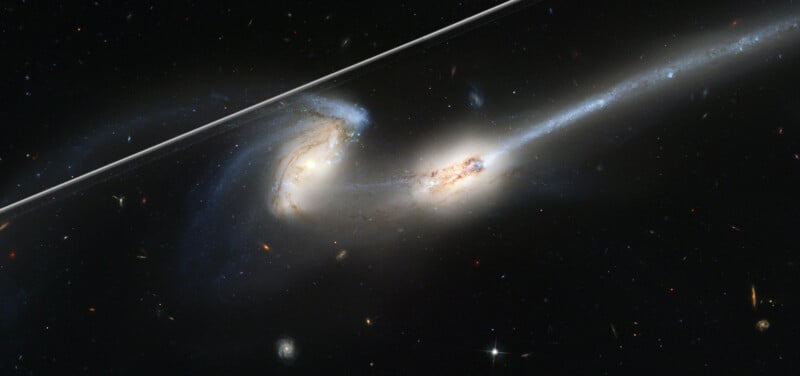
As more satellites are sent into space, images captured by the Hubble Space Telescope are more frequently being spoiled. In March, scientists published a study about the adverse impact of satellites on Hubble observations, and now, Hubble scientists have developed new software to mitigate the issue and remove the troublesome satellites from photos.
As reported by Gizmodo, researchers with the Space Telescope Science Institute (STScI) have built a new tool that will help scientists identify satellite trails in photos captured by Hubble’s Advanced Camera for Surveys (ACS), one of the venerable space telescope’s wider imagers.
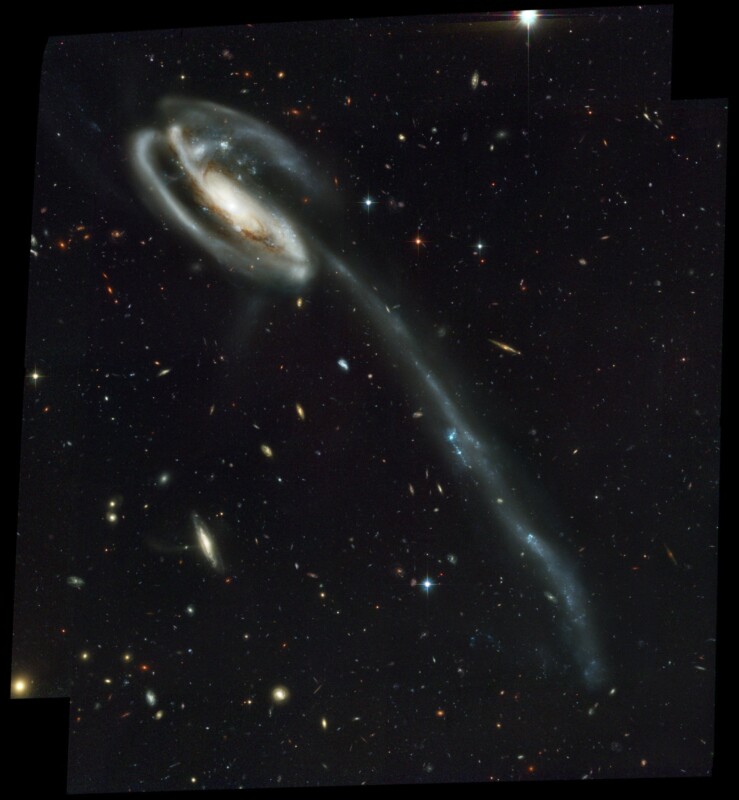
“When the Hubble Space Telescope was launched in 1990, there were about 470 artificial satellites orbiting Earth. By 2000, that number doubled. But by 2023, the rising number has grown almost exponentially to nearly 8,000 satellites. For Hubble this means that satellites photobomb about 10% of its exposures on celestial targets. But a typical satellite trail is very thin and will affect less than 0.5% of a single Hubble exposure,” explains the STScI.
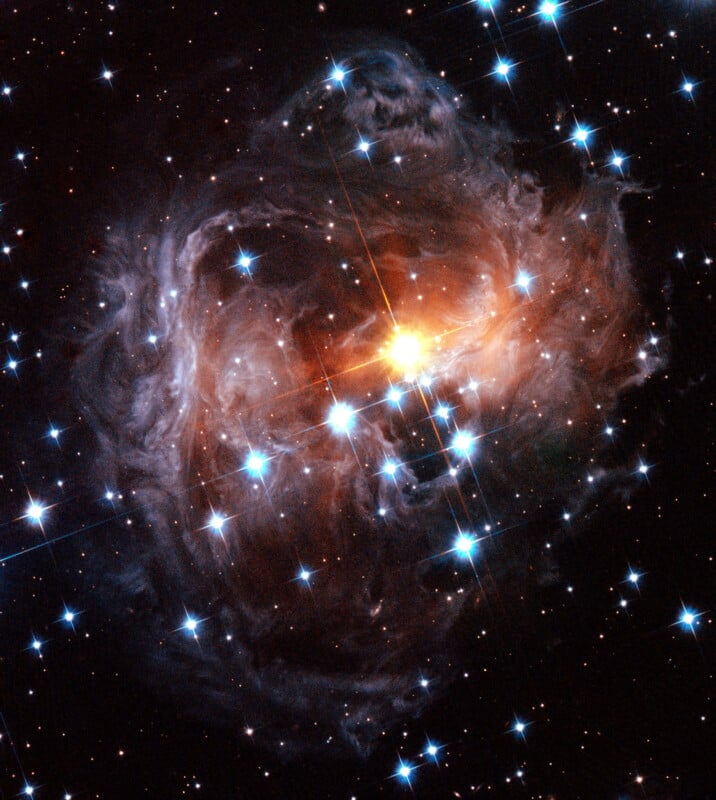
While the dramatic increase in satellites since Hubble entered space doesn’t affect a large portion of Hubble’s images, nor does it impact a significant area of any image, the satellites are still problematic and just another artifact that astronomers must deal with when working with Hubble’s invaluable images.
“We developed a new tool to identify satellite trails that is an improvement over the previous satellite software because it is much more sensitive. So we think it will be better for identifying and removing satellite trails in Hubble images,” says Dave Stark of STScI.
The new tool relies upon an image analysis technique called “Radon Transform.” The tool identifies satellite trails across Hubble’s ACS. However, satellites aren’t the only artifact that astronomers deal with.
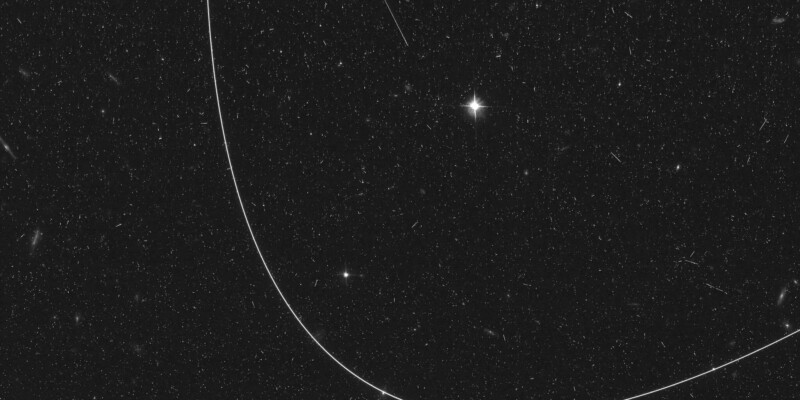
“Cosmic rays rain onto Hubble’s camera detectors. These leave what looks like ‘scratch marks’ too. In fact, they are a bigger nuisance than satellite trails,” says STScI. Astronomers at STScI in Baltimore, Maryland, have developed new tools to deal with both issues, satellites and cosmic rain. Artifacts can be identified and subtracted between exposures because “they are not in the same place on a detector.” Like artificial satellites, streaks caused by space radiation can be detected from frame to frame.
“A Hubble science observation is assembled from a collection of multiple exposures on the same celestial target. So a satellite streaking across the sky can appear in one frame and not the next consecutive frame. Stark and collaborators developed a masking routine that identifies where the bad pixels are, the extent to which they affect the image, and then flags them,” STScI writes.
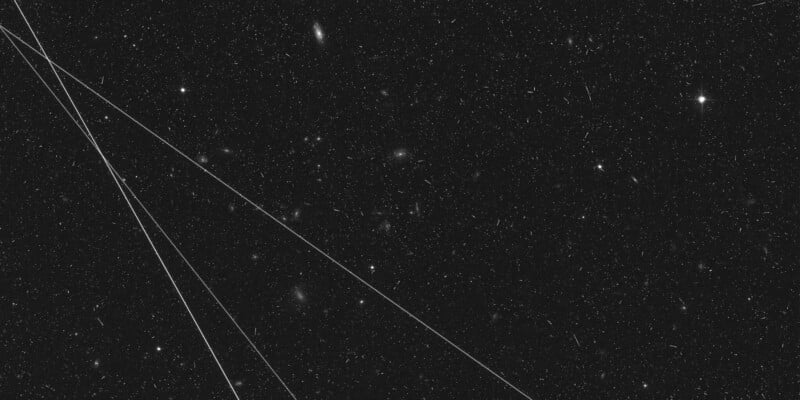
“When we flag them, we should be able to recover the full field of view without a problem, after combining the data from all exposures,” Stark says.
The Radon Transform software tool that Stark and other astronomers use is vital in different scientific fields, including medical applications such as reconstructing CT scans and environmental science like reconstructing maps of Earth’s polar regions.
The Radon Transform software is designed to identify and characterize linear features in an image. The tool sums the light along every possible straight path in an image. Using this approach, astronomers see all the light from a satellite trail in a transformed image, even when the light trails are very faint.
It’s estimated that by 2030, there’ll be ten times as many satellites circling Earth as there are now. STScI believes its new tools will be more useful as new satellites begin photobombing astronomical photos.
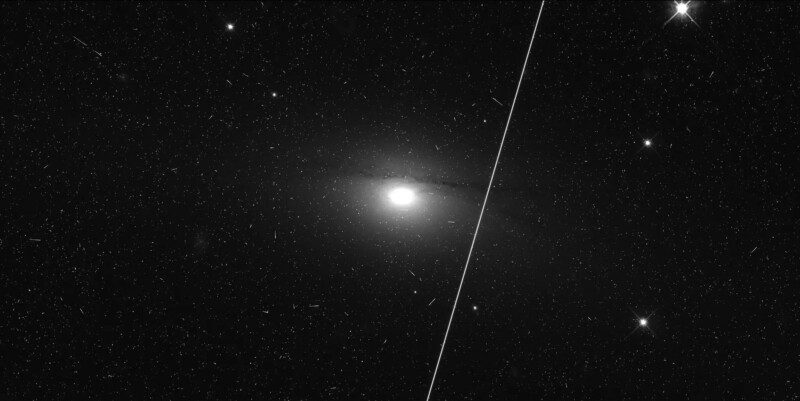
STScI says that the new software is up to ten times more sensitive than prior software the institute has used to detect satellite trails in images. Further, the software identifies “roughly twice” as many trails as its previous studies.
“We have a toolbox of things that people use to clean Hubble data and calibrate it. And our new application is another tool that will help us make the best out of every Hubble exposure,” says Stark.
The team’s impressive new research will be presented at the 242nd meeting of the American Astronomical Society in New Mexico.